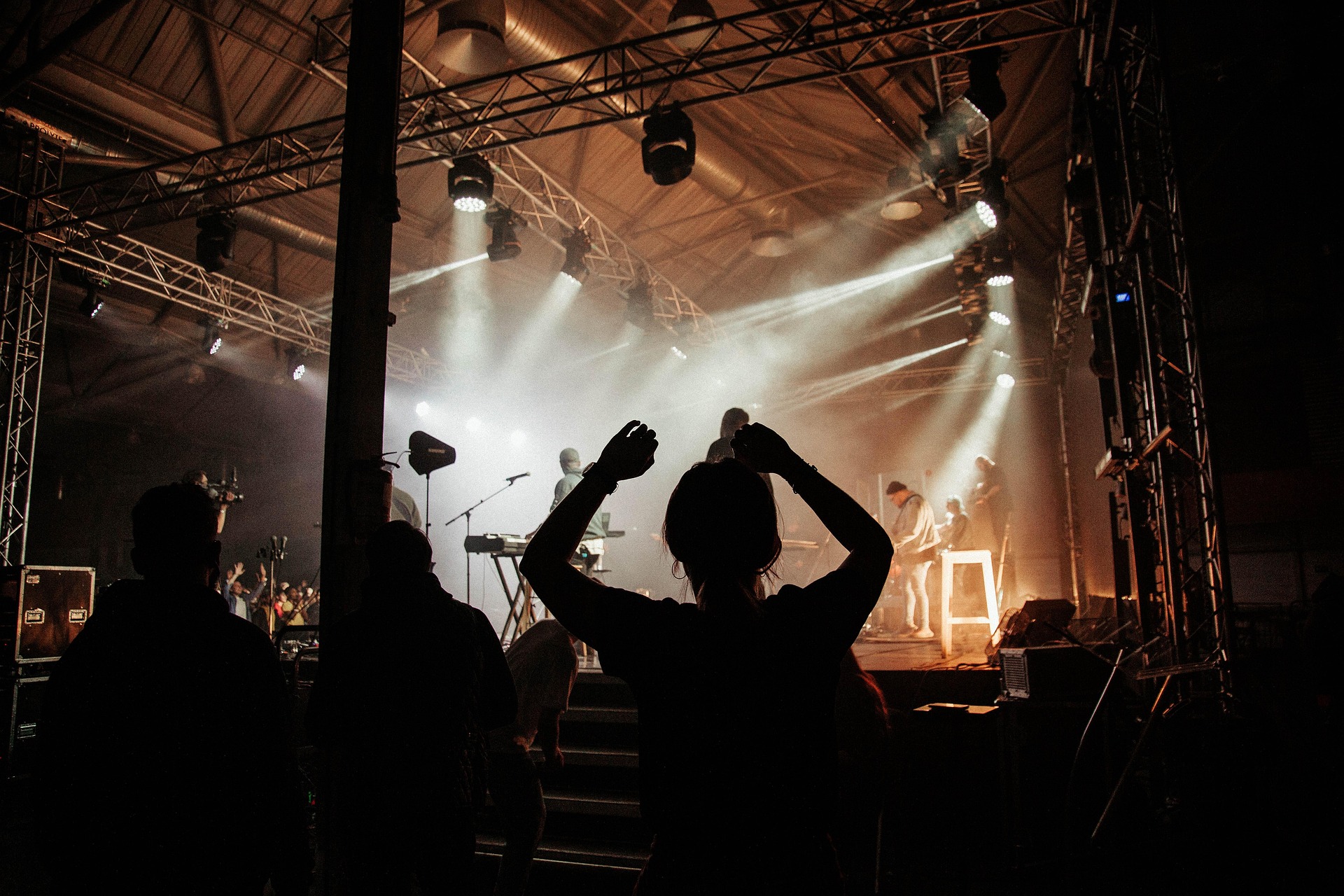
If you’ve ever caught yourself headbanging to a heavy anthem on the radio (guilty), chances are you’ve been sucked in by a killer radio imaging spot. Those high-energy promos, jarring guitar riffs, and voices that could wake the dead? Yeah, that’s the magic of rock radio imaging. But here's the real question, what does it take to pull off a great rock radio imaging spot, and what role do voiceover artists play in all of it? It’s not just about having a cool voice, although that’s definitely a plus. Rock imaging for rock requires a mix of energy, timing, and, of course, some serious vocal chops. So let’s break down what it takes to nail those rockin' radio ads and what makes this part of the voiceover world so special.
Radio imaging for rock is a whole different animal compared to your standard ad. Unlike TV commercials or internet promos, radio imaging is all about sound and no visuals to distract you, just pure audio. So, if you’re tuning into a rock station, you don’t want a voice that sounds like your grandma reading the weather forecast. You want a voice that brings the thunder, matches the energy of the music, and makes you feel like you’re about to discover your new favorite band.
A great imaging voice has to capture that feeling. It's about bringing the power of a stadium concert to life in just a few words. So, how does a voice actor nail this? Well, for one, they have to ditch the “radio announcer” voice. No one’s buying it. Instead, it's all about sounding real, laid-back, but still electrifying. Think of it like chatting with a friend about the latest rock band, but with a ton more excitement (and maybe a few fist pumps).
Now, let’s talk about keeping listeners engaged. Rock radio stations are often playing tunes that make you want to jump around (hopefully not while driving, though). But the thing is, people are easily distracted, especially during long commutes or when they’re multitasking like pros. This is where the magic of imaging comes in. A good rock radio imaging voice needs to cut through that noise and grab listeners by the ear. Picture this: You’re cruising down the highway, and an ad suddenly kicks in for an upcoming concert. The voice is pumped, the music’s blasting, and you feel like you’re right there at the front of the stage, ready to scream your head off. That’s the kind of energy you need to bring when recording radio imaging for rock. It's high-energy, no-nonsense, and it makes the listener stop and pay attention.
So how does a voice actor do it? Well, for one, they might have to record several takes, tweak the pacing, and adjust the tone to match the vibe of the station. Maybe it's a late-night rock show with a grungy feel, or perhaps it’s a prime-time ad for a huge rock festival. Each one requires a slightly different approach, but the core energy? It stays the same: loud, proud, and impossible to ignore.
Okay, now here’s the tough part: rock radio imaging isn’t all fist pumps and air guitar. Voice actors have to be on their toes, adapting to last-minute changes, script rewrites, and feedback that could come at the speed of a mosh pit (chaotic, but in a fun way). The demand for perfection can be high, and let’s not forget the competition. Every voiceover artist out there wants to land that killer radio imaging gig, so the key is standing out from the crowd.
But here’s the thing: voiceover artists who can nail the balance between energy and authenticity? They’re the ones who get the gigs. Whether it’s delivering an over-the-top promo for a band’s latest album or an edgy intro for a heavy DJ, mastering the art of rock radio imaging can lead to some pretty epic opportunities. Just make sure you’re ready to bring your A-game and maybe some noise-cancelling headphones, because you’ll be recording in a world full of loud tunes and big expectations.
As the media landscape evolves, so does the role of voice actors in radio imaging for rock. With more people tuning in to streaming platforms and digital radio, the landscape is changing, but one thing will always remain true: rock radio imaging needs a voice that packs a punch. There’s no room for anything that sounds weak or passive. It’s all about the energy, the authenticity, and the sheer rock-and-roll swagger. In the future, voiceover artists who can adapt to new formats, like digital rock channels or live streaming events, will be in high demand. But regardless of the platform, the essence of great radio imaging for rock will always be the same: a voice that connects with listeners, gives them that burst of excitement, and keeps them coming back for more.
So, whether you’re recording a promo for the latest underground band or hyping up a big concert, just remember: rock radio imaging is about more than just talking into a mic, it’s about creating an experience. For voiceover artists, that’s where the magic happens.
Radio Imaging for Rock by Alan Shires